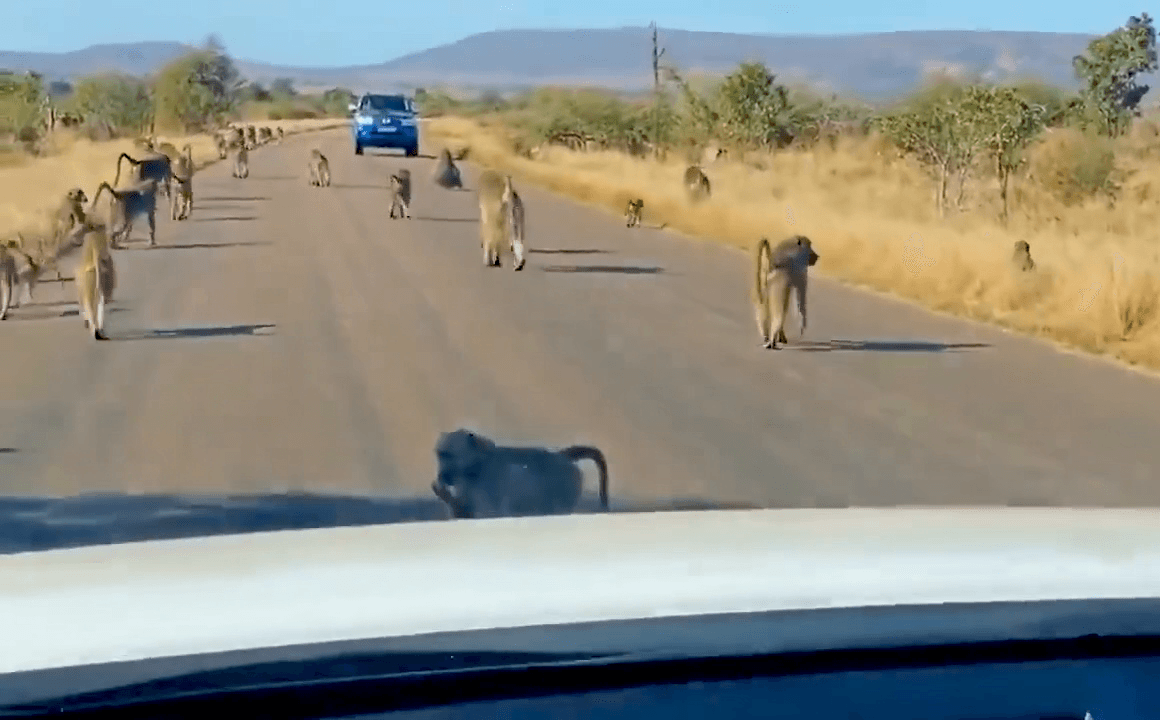
Ways to Ruin Your Outfitted Hunt A multi-thousand-dollar hunt is something to take seriously while still enjoying a great time. Here’s how to behave yourself 1. Keeping Others Awake 2. Getting Hammered 3. Not Practicing 4. Being Late 5. Complaining 6. Guiding the Guide 7. Going for a Walk 8. Smelling Like a Night on the Town 9. Being Cheap
Post: 23 November 17:36
















































